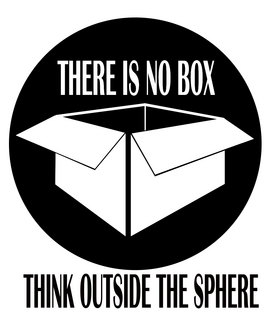At a time when the internet is blowing up with protests about the “Stop Online Piracy Act” It is important for me to sit down and think deeply about how it will actually effect business. Almost everyone is protesting SOPA; voicing their concerns online, offline, on the sofa or out in public. The most important part of protesting this act is first understanding how it will effect business in America. Since it is highly unlikely that SOPA will actually stop piracy, understanding what it will do to business is our most important concern as responsible Americans. Since our ability to conduct business is what drives our economy, it would be smart to figure out how our future will look after SOPA is passed, especially in difficult economic times. This act could make our break economic progress in this country.

What will SOPA try to do? Though the two pieces of SOPA legislation will create a federal blacklist of sites that cant be registered on U.S DNS servers, users will still simply be able to just type in the IP addresses they wish to access to go there directly. Also, the watching or downloading of music, videos, or content that is copyrighted will be punishable by law and could result in a prison sentence of up to five years. Businesses that are reportedly in violation of these acts will be shut down immediately without court order.
What will SOPA actually do to business? SOPA bypasses our constitution and legal system and will allow independent entities the ability to blacklist websites without court order. This could potentially make it impossible for competitive business to function in our economy. Allowing businesses to bring down competitors websites simply by reporting one or two user uploaded copyrighted videos is potentially a catastrophic entanglement that could easily collapse your business with legal fees, court hearings, and long term repercussions. SOPA will also significantly increase start-up costs of businesses. Without a dedicated legal team to support an online business young companies will simply not be able to afford to use the massive global economic structure that is the internet. It is that simple.
Many DNS service providers of major internet companies will not have control over their content, this will force major companies service providers to move overseas to avoid giving up control of their investment.
With the SOPA act, American online market is not really that good of a place to do business anymore. Not only will more companies move overseas to avoid these regulations, but the ultimate effect is that worldwide consumers could ultimately quit investing in American businesses that can no longer provide B2B products to companies that reside in the U.S.
So, Simply Put, SOPA will:
- allow independent entities the ability to blacklist websites
- increase start-up costs of businesses
- force major companies service providers to move overseas
- force consumers to ultimately quit investing in American businesses that cant provide B2B products (under SOPA) to companies that reside in the U.S.
- make our break economic progress in this country by severely limiting business in America
And that is just the business side…
I encourage you to go to http://www.google.com and sign their petition by clicking their censored logo. Wan’t more information? Check out this quick and simple explanation of SOPA now:

